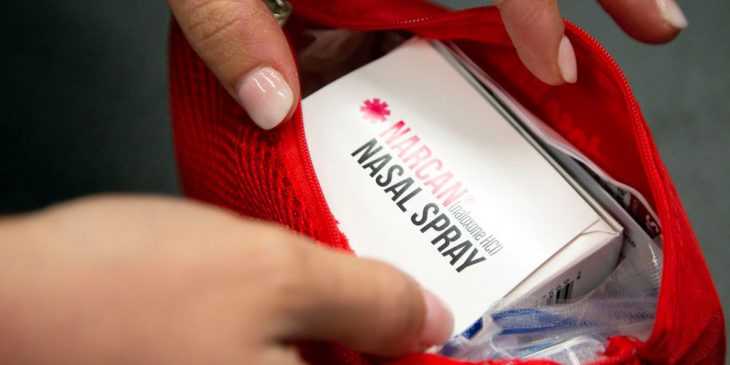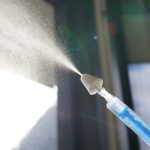The University of Pittsburgh was recently awarded a grant funded by the National Institutes of Health (NIH) to study harm reduction approaches for people who use drugs. Pitt will become one of nine organizations participating in a national network of institutions studying these techniques.
This represents the largest pool of funding to date from the NIH Helping to End Addiction Long-term Initiative, or NIH Heal Initiative, through the National Institute on Drug Abuse, to focus on harm reduction strategies to address overdose deaths.
“This research is exciting because it represents a paradigm shift,” said Dr. Deanna Wilson, assistant professor of medicine and pediatrics at the University of Pittsburgh School of Medicine and lead researcher. “The research community is recognizing that the work we’ve done focused solely on studying treatment alone isn’t enough to reduce deaths from opioid use.”
Unlike most addiction treatment methods, the goal of harm reduction is not necessarily for a patient to stop using drugs. Instead, the method focuses on establishing goals for each patient to reduce the risks that come with drug use. This could mean learning safe syringe use, how to recognize an overdose, how to use fentanyl testing strips and connecting them to other resources available in their community.
Previous studies have shown harm reduction techniques can be effective in preventing overdoses and adverse outcomes. The goal of the grants awarded through the NIH HEAL Initiative is to build upon this research to establish evidence-backed harm reduction techniques.
Wilson and her team will center their research around the THRIVE model, which stands for teaching harm reduction in vulnerable environments. When a patient with a history of drug use enters the emergency room or gets admitted to UPMC Presbyterian Shadyside or UPMC Mercy for any reason, a peer coach will be notified. The coach, who has experience with drug use and may be in recovery themselves, will visit the patient to offer harm reduction education and to discuss potential goals and resources available to them. After this initial meeting, patients will receive follow-up information each week.
In addition, a community advisory board will help oversee and support the research to ensure the scientific team is addressing the needs of this population. The board includes individuals from community organizations, local health systems and the health department, as well as members with experience using drugs.
“The goal of this research is to understand what patients who use drugs need from health systems and then to look at the impact of those interventions,” said Wilson. “Not all patients may want treatment, but they may be invested in learning how to reduce the risks associated with drug use. For example, if we provide a patient with information about safely using needles, how does that affect the rate of infections from injection drug use?”
The research is planned to continue for the next five years. Results from the research conducted in Pittsburgh will be compiled into the national network’s findings.









